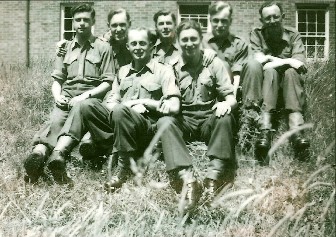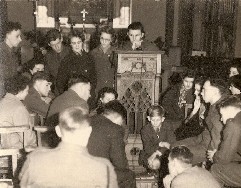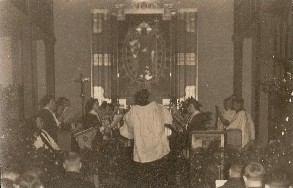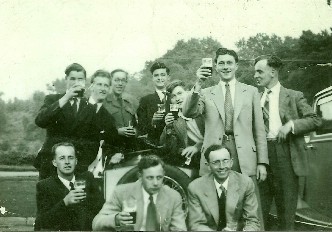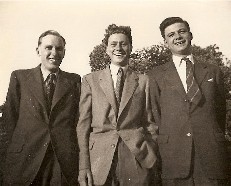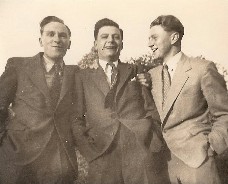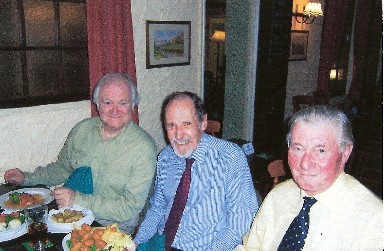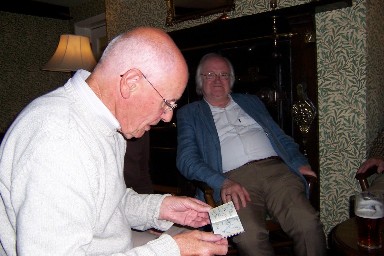  MEMORIES OF LONGMOOR FIFTY YEARS AGO Longmoor, it transpired,
was the Headquarters of the Royal Engineers
Transportation Centre and home of the famous
Longmoor Military Railway, a railway trade
training school. Those of us with a few O levels
were shunted into the Movement Control School,
where we were taught the basics of clerical work
and documentation involved in transporting troops
and freight. Several of us enjoyed singing, so it was natural that we should gravitate towards the garrison church, a converted forage barn with colourful windows commemorating the railwaymen who died in World War I, a beautiful reredos by Martin Travers and a good organ. We were lucky enough to be joined by David Wilde, a Mancunian child prodigy, who later became a well-known concert pianist, and by Bob Andrews, a brilliant organist from Bingley, whose family were wool-toppers in Bradford. David was quite unsuited to the army and was given a job as clerk in the Transport Office. But he spent most of his time practising Chopin and Rachmaninov on the battered old upright piano until it gave up on him. His was the only rifle I ever saw that really did have a cobweb in the barrel! At St. Martin’s, with the encouragement of the Padre, Capt. Habberton and his wife, we were joined by members of service families and civilians living near the camp: Pam and Colin Peake, Ann Sebire, Pat Brewer, Margaret Foster and June Scott, and several children, including Irene Oliver and Martin Clare, whose greatly respected father, Colonel Gordon Clare, died recently. Several of them still live in the area. The Longmoor Military
Railway was often used for films, and in 1955 it
was the setting of the spectacular train crash in
Bhowani Junction, John Masters’
story of the last days of British rule in India.
The engine was actually made of plywood, but
naturally had to be guarded night and day –
the task, of course, of the squaddies. The stars
of the film, Ava Gardner and Stewart Granger,
stayed at the Officer’s Mess, and by all
accounts the beautiful American actress caused
quite a stir with her informal dress sense!
Unfortunately, we never saw her. Today Longmoor Camp is a
shadow of its former self. The Railway, pride and
joy of so many Royal Engineers for sixty years,
closed in 1969 and the Signals School stands
derelict beside the new A3. The Kitchiner Theatre
is dark and the Church has been pulled down, but
the windows and reredos remain, having been
transported to the Army School of
Transport’s new Headquarters at Leconfield
in Yorkshire. The camp is under heavy security
guard, but, driving past, there is always a
feeling of nostalgia for the good times and the
comradeship of those far off days. This
article was originally published by the
Petersfield Post May 2005: Three friends who
were stationed at Longmoor Camp with the Royal
Engineers during their National service during
the 1950s met up again recently for the first
time in fifty years. David Wilde, John Cockerill
and Tom Muckley had a reunion dinner at
Easingwold, Yorkshire, recently to celebrate half
a century since their demob in 1955. They were
all members of the Movement Control School at
Longmoor, but in civvy street their lives were
quite different. May 2007: At a further
meeting the three were joined by another old
friend, Frank Fawcett, for the first time. After
a career in marketing he is retired and living
near Bromsgrove in Worcestershire, and is
enjoying taking part in Gilbert and Sullivan! Bob
Andrews, who played the organ at Tom’s
wedding, had hoped to join as well, but
tragically died on the very day of our meeting. |
